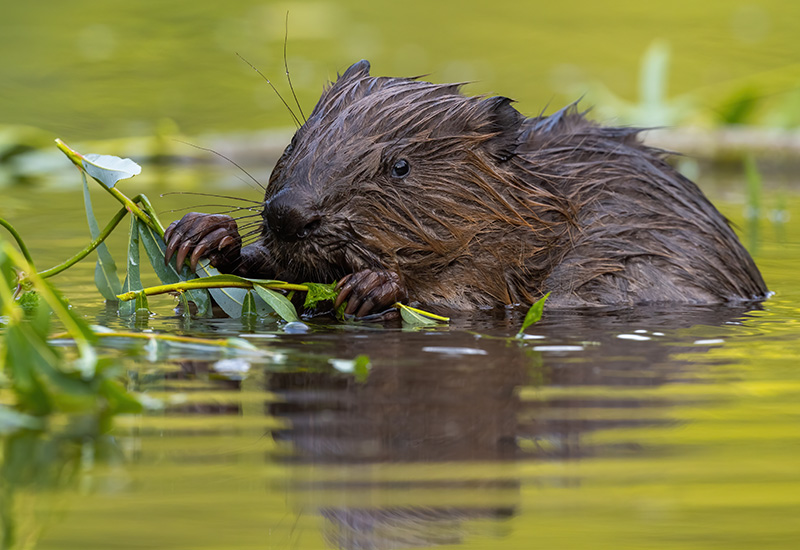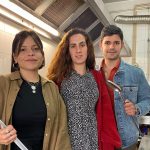Could the extraordinary Beaver make a surprising comeback to Portugal nearly half of a century after it disappeared?
Recent evidence of beavers was found in the River Tormes, only a few miles from the Portuguese North-Eastern border, near Bemposta (Bragança District). There were also reports of beaver populations on both the Douro and Tagus river basins, but these are located considerably further away from the Portuguese border, deep in Spanish territory.
The traces now found near Bemposta triggered excited reactions from naturalists and wildlife enthusiasts who see this as a promising indicator that, in the not-too-far distant future, we might have beavers living in Portugal once again.
Unlike other semi-aquatic mammals like otters that have numerous species around the globe, there are only two species of beavers that are very similar in both appearance and behaviour: The Eurasian beaver and the North American Beaver. Primarily of nocturnal and crepuscular habits, they are the second biggest rodent in the world, with only the mighty capybara of South America taking first place.
Unmistakably recognised for their flat round tales and friendly faces, beavers are known around the globe as the laborious architects of the natural world. Famous for their dam building, tree chopping and water-homes creations called lodges, these hard-working animals change and modify sections of a river or stream by creating barriers (dams) that flood the surrounding areas. The results are large aquatic ecosystems that benefit numerous species of animals and plants, provide excellent nursing areas for fish, and ideal habitats for aquatic reptiles and amphibians. The flooded areas are also excellent natural fire barriers so important to our forests.
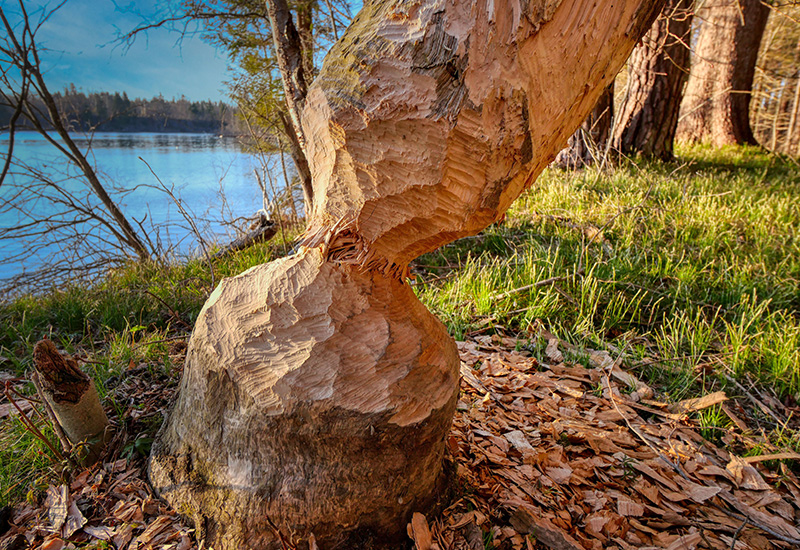
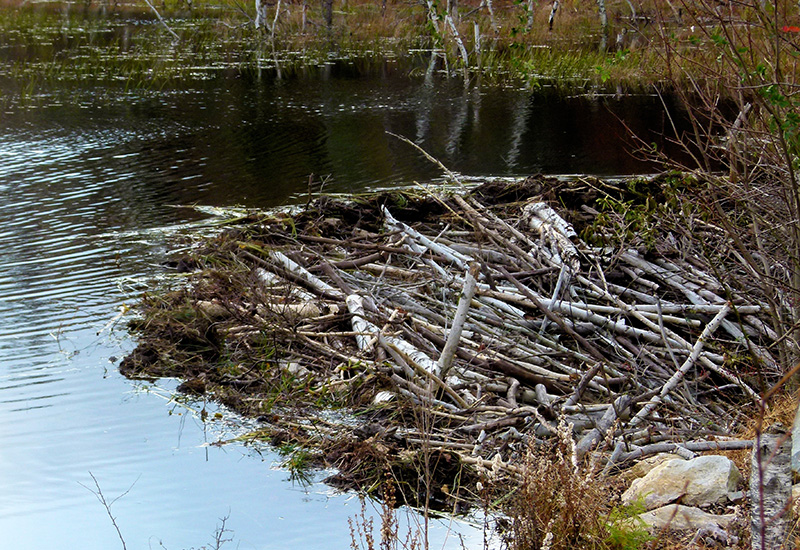
For their building materials, beavers use tree logs, branches, twigs, leaves, soil and mud that they can transport overwater to their building sites. Lodges have a main and secondary underwater entrance that prevents raids from natural predators. Lodges are also perfect pantries, nurseries and winter shelters that keep a dry, insulated, warm and cosy nest.
Once widespread throughout their native territories in North America, Europe and Asia, beavers have been sadly persecuted by humans since the dawn of mankind and to near extinction levels last century.
In Portugal, it was no different. Beavers were hunted to complete extinction in the XV century for their fur, meat, leather (tails) and Castoreum. The latter is a scented gland from the animal’s “back-end” that produces an oily secretion that smells of vanilla. So much so that it has been used as a natural flavoring in food, in perfume-making since Roman times, for the beauty industry and as a traditional miracle cure for all sorts of medical conditions.
Luckily, enough beavers of both species survived centuries of trappings and today, with the decline of fur hunting, animal rights awareness and preservation of natural habitats, beavers are making a slow comeback to ancestral grounds. Some countries like the UK have gone one step further and created programs to release beavers back into their forests. Although better accepted by local communities when compared to reintroductions of top predators like lynx, wolves or bears, the reintroduction of beavers still generates some controversy as local farmers can see their lands flooded and crops lost. With very little population density and agricultural activity in most of the rural/inland areas of Portugal, this should not pose too much of a problem should Portugal decide to embrace a similar project.
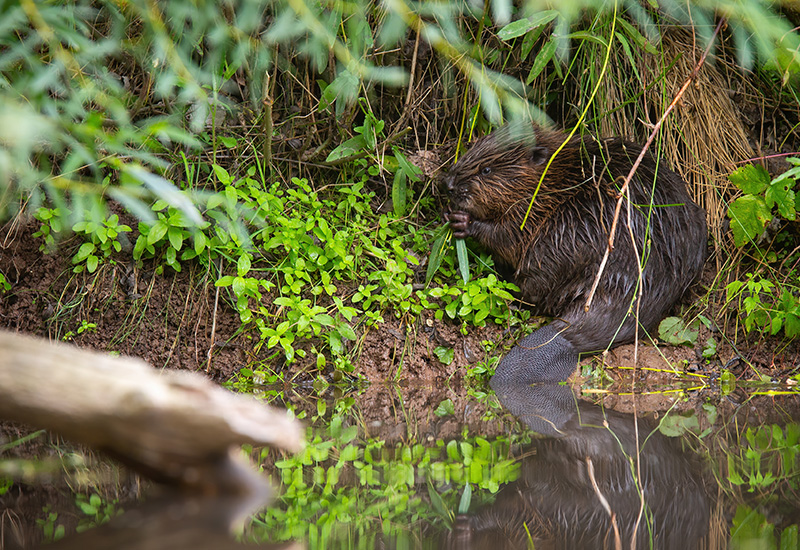
Beaver Fact Sheet
- Species: Eurasian Beaver (Castor fiber) and North American Beaver (Castor canadensis)
- Habitat: Freshwater systems (lakes, rivers, streams, etc.)
- Weight: Up to 40K;
- Length: up to 140 cm
- Lifespan: usually around 10 years
- Food: Herbivore (leaves, roots, fruit, flowers, stems)
- Classification: Rodents
- Curiosities: The large front incisor teeth are rusty-orange in colour as they come with an iron-rich layer of enamel. These teeth never stop growing, so the constant wood chipping helps to maintain a good dentistry.
